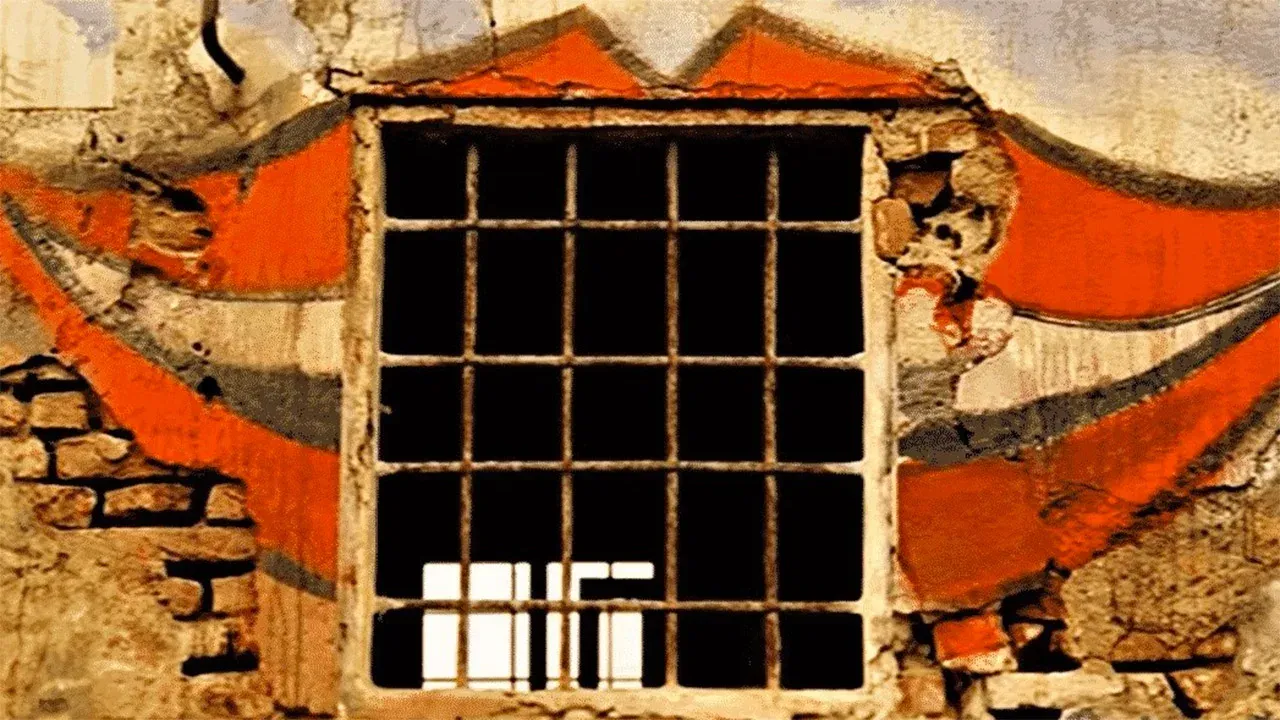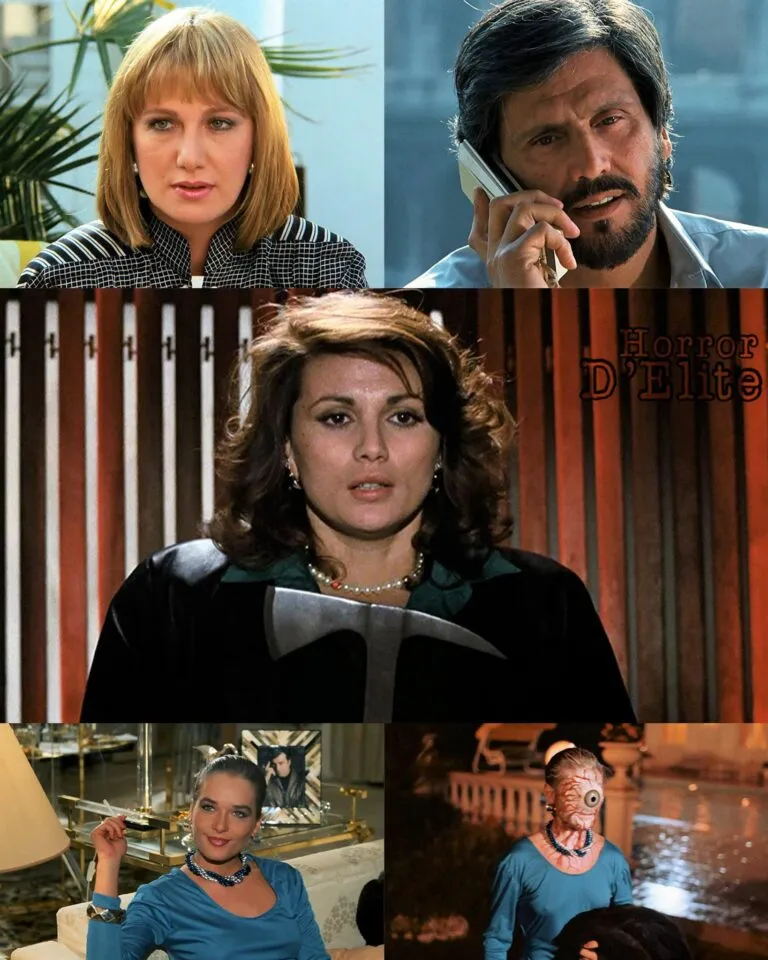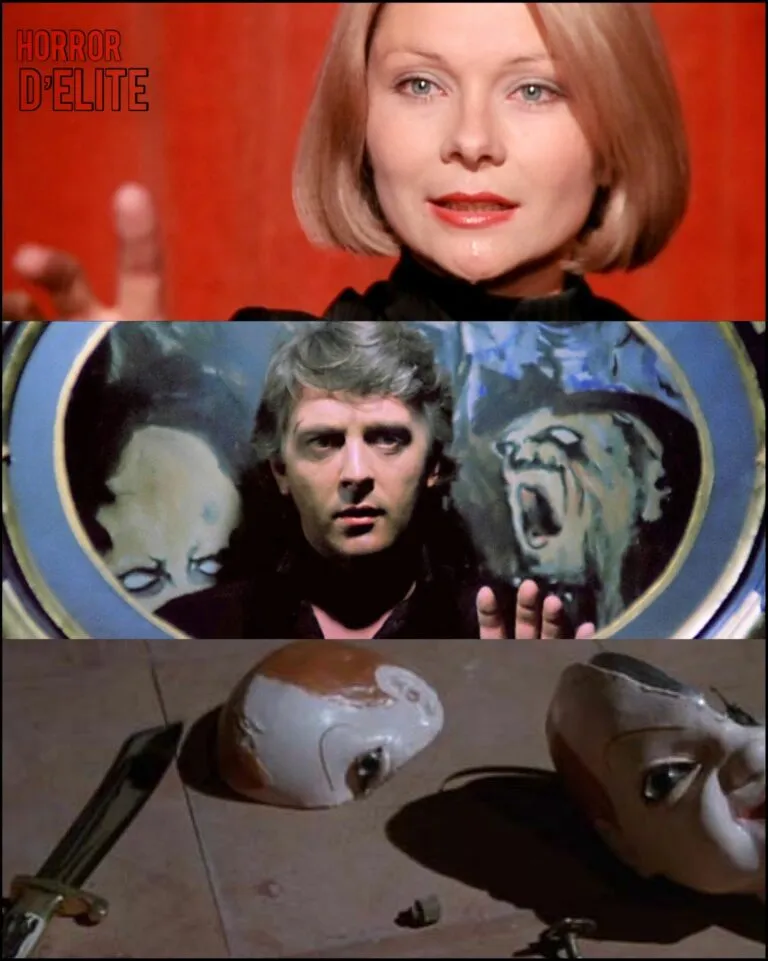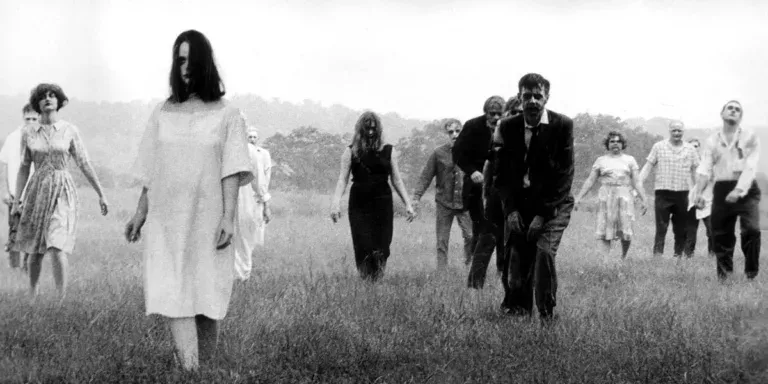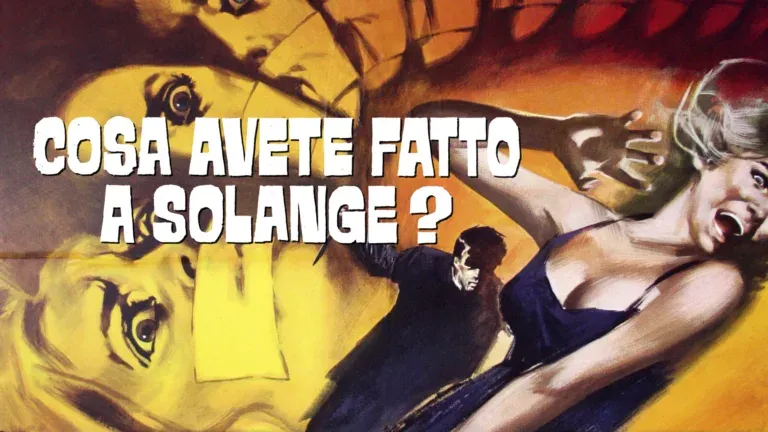The House with Laughing Windows
Original Title: The House with the Laughing Windows
Year: 1976
Director: Pupi Avati
Screenplay: Pupi Avati, Antonio Avati, Gianni Cavina, Maurizio Costanzo
Main Cast: Lino Capolicchio, Francesca Marciano, Gianni Cavina, Giulio Pizzirani
Genre: Horror, Thriller
Soundtrack: Amedeo Tommasi
Introduction
The House with the Laughing Windows is a 1976 film directed by Pupi Avati, a director known for his ability to create unsettling and psychologically complex atmospheres. This film is a perfect example of Avati’s talent for blending elements of horror, thriller, and mystery to create a unique and memorable cinematic work. Set in the Emilian countryside, the film explores themes of madness, art, and obsession, all wrapped in a gothic and mysterious setting.
Plot
The story follows Stefano (Lino Capolicchio), an art restorer who is called to a small Emilian village to restore a fresco in a local church. The fresco, by local painter Buono Legnani, depicts the martyrdom of Saint Sebastian, but Stefano soon discovers that the work hides something much darker.
As he works on the restoration, Stefano begins to uncover disturbing secrets about the village’s past and about the painter Legnani, also known as “the painter of agonies.” The villagers are reticent and mysterious, and Stefano starts to sense an evil presence around him. His investigations lead him to uncover a series of ritualistic murders linked to Legnani’s work, and he soon realizes that his own life is in danger.
The atmosphere becomes increasingly tense and claustrophobic, with Stefano finding himself trapped in a nightmare from which escape seems impossible. The film’s climax is a crescendo of tension and horror, culminating in a shocking revelation that exposes the true nature of the evil lurking in the village.
Themes and Style
Gothic and Claustrophobic Atmosphere
One of the distinctive elements of The House with the Laughing Windows is its gothic and claustrophobic setting. The Emilian countryside, with its abandoned churches, decrepit houses, and misty landscapes, creates an atmosphere of isolation and impending danger. Avati masterfully uses these settings to amplify the sense of terror and mystery that pervades the film.
Art and Madness
The film explores the link between art and madness through the figure of painter Buono Legnani. His works, filled with suffering and agony, reflect a disturbed mind obsessed with pain. The discovery of the horrors hidden behind his paintings becomes a metaphor for the protagonist’s descent into madness as he becomes increasingly entangled in the mystery and terror.
Secrets and Mysteries
The Emilian village where the story unfolds is a place filled with secrets and mysteries. The inhabitants are suspicious and hostile, and each encounter with them adds a new piece to the disturbing puzzle that Stefano must solve. The slow and meticulous build-up of the plot, with gradual revelations and well-orchestrated twists, keeps the viewer in a state of constant tension.
Soundtrack
Amedeo Tommasi’s soundtrack plays a crucial role in creating the film’s atmosphere. The music, often dissonant and disturbing, highlights moments of tension and horror, amplifying the emotional impact of the scenes. The skillful use of silence and ambient sounds contributes to creating a sense of unease and anxiety that pervades the entire film.
Performances
Lino Capolicchio delivers a convincing and nuanced performance as Stefano. His portrayal of the art restorer caught in an unimaginable nightmare is both vulnerable and determined. Capolicchio manages to convey the growing sense of paranoia and terror of his character, keeping the viewer engaged and empathetic to his struggles.
Francesca Marciano, as Francesca, a village teacher who becomes Stefano’s ally and love interest, provides a delicate and empathetic performance. Her presence adds a touch of humanity and hope in an otherwise dark and desperate context.
Gianni Cavina plays Coppola, an enigmatic and ambiguous character who further complicates the plot. His performance is filled with subtlety and ambiguity, making the character fascinating and unpredictable.
Critical Reception
Upon its release, The House with the Laughing Windows received mixed reviews from critics, but over the years, it has been re-evaluated and is now considered a masterpiece of Italian horror cinema. Many critics have praised Pupi Avati’s direction, the building of suspense, and the film’s unsettling atmosphere. Avati’s ability to combine psychological and gothic horror with a compelling and complex narrative has made the film a benchmark for the genre.
Influence and Legacy
The House with the Laughing Windows has had a significant influence on many directors and subsequent films in the horror genre. Its ability to create terror through atmosphere, characters, and narrative, rather than relying solely on special effects or graphic violence, has inspired many filmmakers to explore similar approaches in their work.
The film has become a cult classic among genre enthusiasts, appreciated for its originality, psychological depth, and its ability to both scare and fascinate. The figure of Buono Legnani, the “painter of agonies,” has become an icon of horror cinema, representing the embodiment of artistic madness and evil.
Conclusion
The House with the Laughing Windows perfectly embodies Pupi Avati’s unique vision, combining gothic horror, psychological thriller, and mystery into a gripping and visually extraordinary plot. Avati’s direction, the convincing performances of the cast, the unforgettable soundtrack, and the evocative settings all contribute to creating a work that continues to be appreciated and studied by film enthusiasts.
For fans of horror and thriller, The House with the Laughing Windows is a must-watch, a journey into darkness and mystery that continues to intrigue and scare decades after its creation. With its ability to blend reality and madness, the film remains a lasting testament to Pupi Avati’s talent and creativity.
Click here to watch our HDE Trailer

